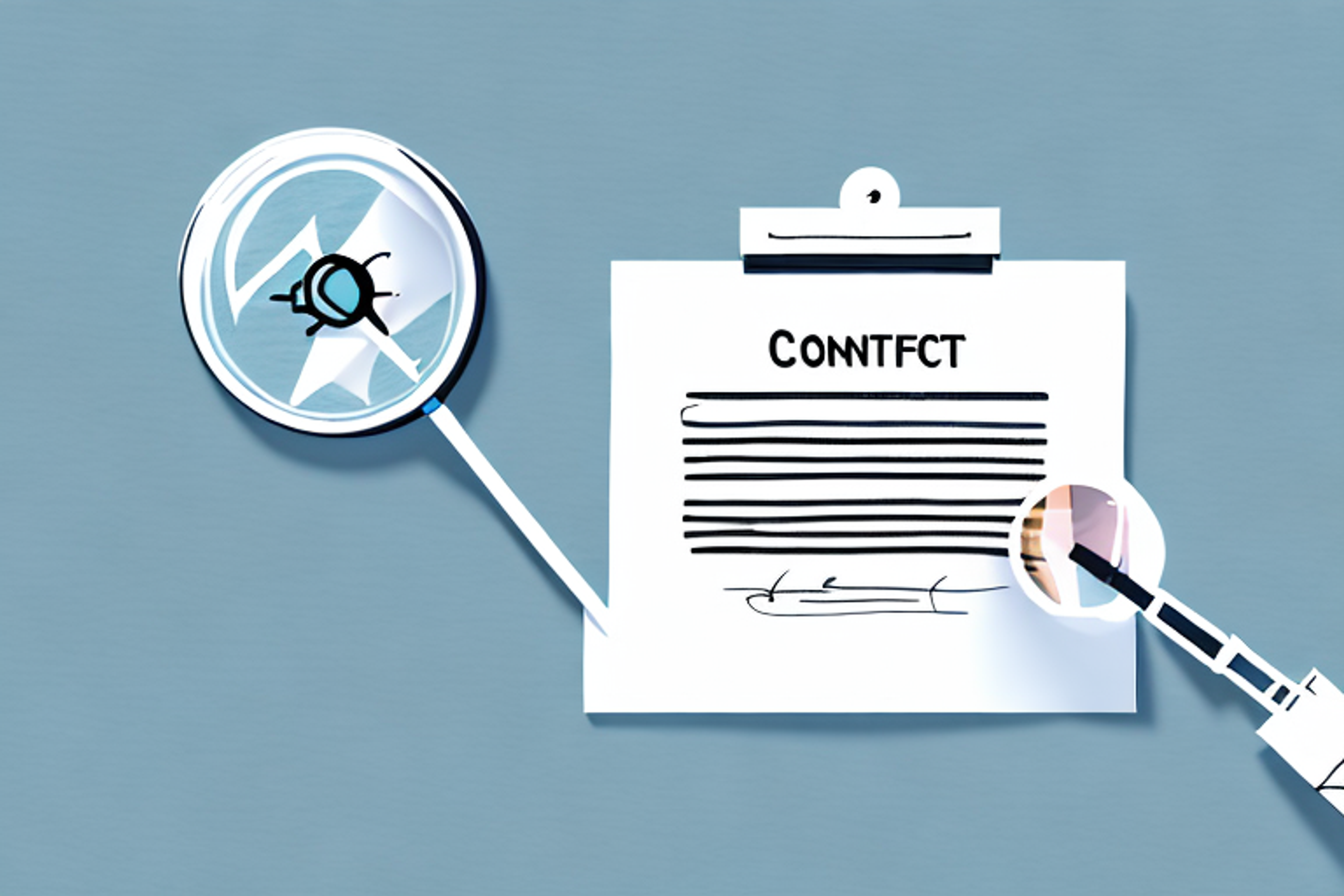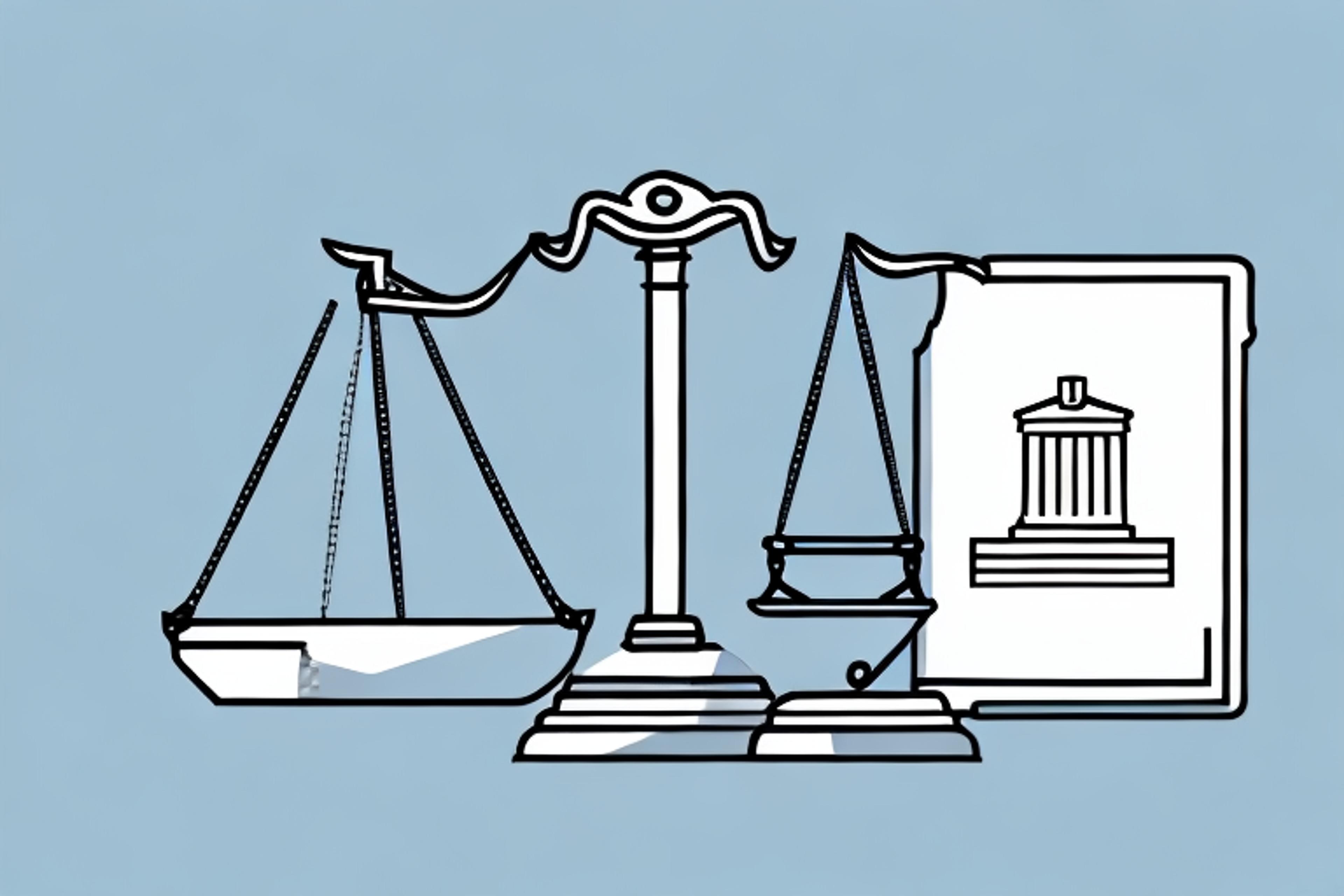Agile Prioritization Techniques: How to Prioritize Your Product Backlog
Learn how to effectively prioritize your product backlog with these agile prioritization techniques.
Posted April 10, 2025

Table of Contents
As an Agile Development team, one of the crucial aspects of creating a successful product is prioritizing the product backlog. Prioritizing helps the team focus on the most important tasks and ensures that the most valuable features are delivered first. In this article, we will take a comprehensive look at different Agile prioritization techniques and how you can apply them to your product backlog.
Understanding the Importance of Prioritization in Agile Development
Agile Development is an iterative approach to software development that emphasizes collaboration, flexibility, and rapid delivery. The prioritization of the product backlog is essential because it helps the team focus on the most valuable tasks and ensures that the product delivers maximum value to the customer. Prioritization enables the team to allocate resources effectively, provide accurate estimates, and enhance customer satisfaction by delivering essential features faster.
Moreover, prioritization also helps in managing risks and uncertainties. By prioritizing the most critical features, the team can identify potential risks and address them early in the development process. This approach reduces the likelihood of project delays and ensures that the product meets the customer's expectations. Prioritization also helps in managing dependencies between features, ensuring that the team works on the most critical features first, reducing the risk of delays and rework.
Common Challenges Faced in Prioritizing the Product Backlog
Despite its importance, prioritization can be a significant challenge for Agile teams. There can be resistance from stakeholders, difficulty in prioritizing complex features, and a lack of clarity on what features are most valuable. Additionally, the team may face difficulty in balancing short-term needs with long-term goals, and changing priorities based on customer feedback and evolving business needs.
Another challenge that Agile teams face in prioritizing the product backlog is the lack of a clear understanding of the user's needs. The team may have difficulty in identifying the most important features that will provide the most value to the end-users. This can lead to a backlog that is not aligned with the user's needs, resulting in a product that fails to meet the user's expectations.
Furthermore, prioritization can be challenging when there are conflicting priorities among stakeholders. Each stakeholder may have their own agenda and priorities, which can make it difficult to reach a consensus on what features should be prioritized. This can lead to delays in the development process and a backlog that is not aligned with the overall business goals.
The Different Approaches to Prioritizing a Product Backlog
There are various approaches to identify and prioritize tasks in the product backlog. Each method has its own benefits and drawbacks, which depend on the project's needs and context. The team can apply several techniques to determine the best approach to prioritize the product backlog, including the MoSCoW method, the Kano Model, prioritizing based on business value and ROI, and using the RICE method.
The MoSCoW method is a prioritization technique that categorizes tasks into four groups: Must-haves, Should-haves, Could-haves, and Won't-haves. This method helps the team to focus on the most critical tasks and deliver them first. The Kano Model, on the other hand, prioritizes tasks based on customer satisfaction. It categorizes tasks into three groups: Must-haves, Performance, and Delighters. This method helps the team to understand the customer's needs and prioritize tasks accordingly.
Prioritizing based on business value and ROI is another approach to prioritize the product backlog. This method helps the team to identify tasks that bring the most value to the business and prioritize them first. The RICE method is a prioritization framework that considers four factors: Reach, Impact, Confidence, and Effort. This method helps the team to prioritize tasks based on their potential impact and the effort required to complete them.
The MoSCoW Method: A Popular Technique for Agile Prioritization
The MoSCoW method is a popular agile prioritization technique that involves labeling tasks by their importance based on four categories, "Must haves," "Should haves," "Could haves," and "Won't haves." The technique helps prioritize essential features that must be accomplished in a given timeframe. Must-haves are the most critical tasks that can't be excluded, while should-haves are essential features that can wait, and could-haves represent what features would be nice to have. Won't-haves are not prioritized, and they are not included in the current iteration.
The MoSCoW method is widely used in software development projects, but it can also be applied to other industries and fields. The technique is particularly useful in situations where there are limited resources or time constraints. By prioritizing tasks based on their importance, teams can focus on delivering the most critical features first, ensuring that the project meets its objectives. The MoSCoW method also encourages collaboration and communication among team members, as they work together to determine the priority of each task. Overall, the MoSCoW method is an effective tool for agile teams looking to streamline their workflow and deliver high-quality results.
Using the Kano Model to Prioritize User Needs and Requirements
The Kano Model is another agile prioritization technique that prioritizes customer requirements based on their value. The model prioritizes features from three categories, which include "must-have," "performance," and "delighters." Must-have tasks represent the essential features that must be completed. Performance tasks are features that enhance customer expectations, and delighters are features that the customer didn't know they needed. This model enables developers to align their product features with customer requirements, which can boost customer satisfaction.
One of the key benefits of using the Kano Model is that it helps teams to identify which features will have the most significant impact on customer satisfaction. By focusing on the must-have tasks first, teams can ensure that they are meeting the basic requirements of their customers. Once these tasks are completed, teams can move on to the performance tasks, which will enhance the customer experience. Finally, teams can focus on the delighters, which will exceed customer expectations and create a positive emotional response. By using the Kano Model, teams can prioritize their work effectively and deliver products that meet the needs of their customers.
Prioritizing Based on Business Value and ROI
This agile prioritization technique considers business value and Return on Investment (ROI) when prioritizing tasks. The technique can help allocate resources based on the expected revenue generated by the product feature or the cost incurred during its development.
The RICE Method: A Data-Driven Approach to Prioritization
The RICE method is a data-driven approach to prioritize tasks based on four factors, Reach, Impact, Confidence and Effort. These factors help the team determine which features will deliver the most value to customers and the business. Reach is the number of customers that will benefit from the feature during the release. Impact measures the feature's importance in solving the problem, while Confidence measures team confidence in both expected Reach and Impact. Effort is the estimated amount of work that goes into implementing the feature.
Collaborative Prioritization Techniques: Involving Stakeholders in the Process
Collaborative prioritization techniques involve the participation of the stakeholders in the prioritization process. The technique may use tools like product roadmaps to help communicate priorities to stakeholders actively. These techniques help ensure that stakeholders' needs align with the project's goals and objectives, with their priorities being factored into the final product.
Tips for Effective Communication and Negotiation During Prioritization Meetings
Effective communication and negotiation during prioritization meetings are essential to getting the best results and ensuring that all stakeholders are on board with the prioritized features. To achieve effective communication and negotiation, the team should engage all stakeholders to receive their feedback, perspectives, and opinions. The team should use active listening and support their responses with data and other forms of evidence.
Balancing Short-Term Needs With Long-Term Goals When Prioritizing Backlog Items
The team should balance both short-term and long-term requirements to ensure that the product delivers valuable benefits to the customer continually while also considering future business objectives. The team should prioritize items that strike a balance between immediate customer needs and long-term strategic goals.
Adjusting Priorities as business Needs and Customer Feedback Evolve
Business needs and customer feedback may change over time, and the team should be able to adapt to these changes accordingly. The team should make adjustments to their prioritization based on emerging market trends, changing customer requirements, technological advancements and business objectives. This will help ensure long-term success for the product.
Automating and Streamlining the Prioritization Process With Agile Tools and Software
Agile tools and software can help automate and streamline the prioritization process, thus improving efficiency, reducing errors and increasing transparency. The tools can help generate reports, graphs and visualization to display the progress of the product backlog and further aid decision-making.
Measuring the Success of Your Agile Prioritization Techniques
The team should measure the success of their agile prioritization techniques to capture the impact of their work on the product. The team can measure the success of their techniques by comparing the actual product result with the prioritized product backlog. The outcome can also be evaluated based on the customer feedback gathered after product delivery.
Common Mistakes to Avoid When Prioritizing Your Product Backlog in Agile Development
There are common mistakes that Agile teams make while prioritizing their product backlog. Some of these mistakes include prioritizing based on cost alone, prioritizing tasks based solely on stakeholders' opinions, prioritizing too many features for a single release, and failing to adjust priorities based on changing business needs and customer feedback.
In conclusion, prioritization is a critical aspect of Agile Development that determines the success of a product. By using the various agile prioritization techniques discussed above, the product delivery process can be streamlined for optimal success and customer satisfaction.
Interested in learning more about the ins and outs of project management? Check out these valuable resources:


















